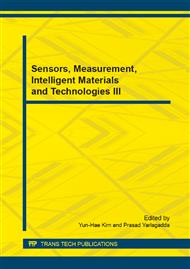p.465
p.469
p.475
p.479
p.483
p.489
p.493
p.499
p.504
New Asymmetric Five-Parameter Logistic Model for Forecasting Petroleum Consumption in China
Abstract:
The logistic model and the four-parameter logistic model have been very effective in forecasting many technological forecasting patterns. However, they have the characteristic of symmetry and cannot effectively model asymmetric data. This paper proposes a new asymmetric five-parameter logistic model for forecasting petroleum consumption in China. The logistic, four-parameter logistic and the newly proposed five-parameter logistic model are applied to the historical data on petroleum consumption in China. The good model fit has indicated that the five-parameter logistic model has performed better than the logistic model and the four-parameter logistic model for forecasting petroleum consumption in China. The forecasted results, based on the five-parameter logistic model, have shown that the petroleum consumption-production gap in China will become larger in the future and the gap will reach over 400 million tons after the year 2033.
Info:
Periodical:
Pages:
483-488
Citation:
Online since:
March 2015
Authors:
Price:
Сopyright:
© 2015 Trans Tech Publications Ltd. All Rights Reserved
Share:
Citation:


